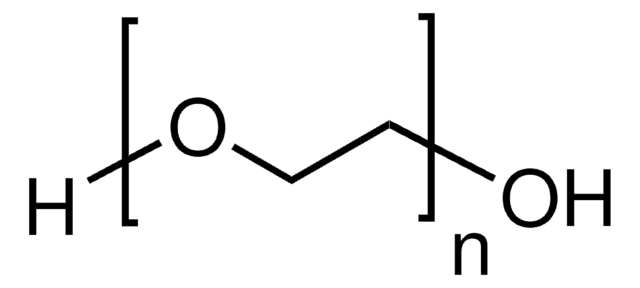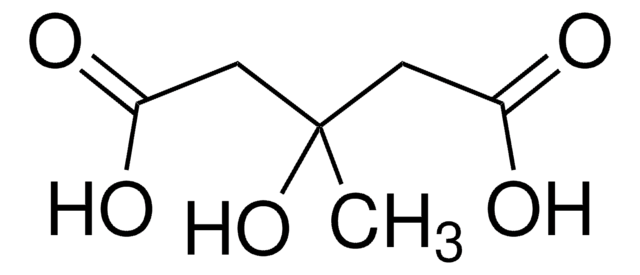C-12202
Human Umbilical Artery Endothelial Cells (HUAEC)
500,000 cryopreserved cells
Sign Into View Organizational & Contract Pricing
Select a Size
Change View
250 MG
₩188,080
1 G
₩566,066
About This Item
UNSPSC Code:
41106514
NACRES:
NA.81
Recommended Products
biological source
human umbilical cord artery
packaging
pkg of 500,000 cells
morphology
( endothelial)
technique(s)
cell culture | mammalian: suitable
shipped in
dry ice
storage temp.
−196°C
General description
Lot specific orders are not able to be placed through the web. Contact your local sales rep for more details.
Cell Line Origin
Artery
Application
Primary Human Umbilical Artery Endothelial Cells (HUAEC) are isolated from the arteries of the umbilical cord and are provided in a cryopreserved format. They are often used for in vitro studies on atherosclerosis but also for endothelial cell-dependent lymphocyte activation and chemoattractant activity experiments. (Human Umbilical Vein Endothelial Cells (HUVEC) from the same donor are available on request).
Quality
Rigid quality control tests are performed for each lot of Endothelial Cells from large vessels. They are tested for cell morphology, adherence rate, and cell viability. Flow cytometric analyses for cell-type specific markers, e.g. von Willebrand Factor (vWF) and CD31, as well as Dil-Ac-LDL uptake assays are also carried out for each lot. Growth performance is tested through multiple passages up to 15 population doublings (PD) under culture conditions without antibiotics and antimycotics. In addition, all cells have been tested for the absence of HIV-1, HIV-2, HBV, HCV, HTLV-1, HTLV-2 and microbial contaminants (fungi, bacteria, and mycoplasma).
Warning
Although tested negative for HIV-1, HIV-2, HBV, HCV, HTLV-1 and HTLV-2, the cells – like all products of human origin – should be handled as potentially infectious. No test procedure can completely guarantee the absence of infectious agents.
Subculture Routine
Click here for more information.
Other Notes
Recommended Plating Density: 5000 - 10000 cells per cm2Passage After Thawing: P1Tested Markers: von Willebrand Factor (vWF) positive, CD31 positive, Dil-Ac-LDL uptake positiveGuaranteed population doublings: >15
Recommended products
Recommended Primary Cell Culture Media:Link
Disclaimer
RESEARCH USE ONLY. This product is regulated in France when intended to be used for scientific purposes, including for import and export activities (Article L 1211-1 paragraph 2 of the Public Health Code). The purchaser (i.e. enduser) is required to obtain an import authorization from the France Ministry of Research referred in the Article L1245-5-1 II. of Public Health Code. By ordering this product, you are confirming that you have obtained the proper import authorization.
1 of 4
This Item | 672130 | 671924 | 70023 |
|---|---|---|---|
| mol wt Mp 3,000 | mol wt Mp 5,000 | mol wt Mp 10,000 | mol wt - |
| reaction suitability reagent type: cross-linking reagent | reaction suitability - | reaction suitability - | reaction suitability reagent type: cross-linking reagent |
| Ω-end hydroxyl | Ω-end hydroxyl | Ω-end hydroxyl | Ω-end - |
| α-end amine | α-end amine | α-end amine | α-end - |
| Quality Level 100 | Quality Level 200 | Quality Level 100 | Quality Level 100 |
Storage Class Code
12 - Non Combustible Liquids
WGK
WGK 1
Flash Point(F)
Not applicable
Flash Point(C)
Not applicable
Choose from one of the most recent versions:
Certificates of Analysis (COA)
Lot/Batch Number
It looks like we've run into a problem, but you can still download Certificates of Analysis from our Documents section.
If you need assistance, please contact Customer Support
Already Own This Product?
Find documentation for the products that you have recently purchased in the Document Library.
Jeremiah A Johnson et al.
Macromolecules, 43(24), 10326-10335 (2011-05-03)
Graft-through ring-opening metathesis polymerization (ROMP) using ruthenium N-heterocyclic carbene catalysts has enabled the synthesis of bottle-brush polymers with unprecedented ease and control. Here we report the first bivalent-brush polymers; these materials were prepared by graft-through ROMP of drug-loaded polyethylene-glycol (PEG)
Angela X Gao et al.
ACS macro letters, 3(9), 854-857 (2014-09-23)
A panel of acid-labile bis-norbornene cross-linkers was synthesized and evaluated for the formation of acid-degradable brush-arm star polymers (BASPs) via the brush-first ring-opening metathesis polymerization (ROMP) method. An acetal-based cross-linker was identified that, when employed in conjunction with a poly(ethylene
Folic acid-decorated and PEGylated PLGA nanoparticles for improving the antitumour activity of 5-fluorouracil.
El-Hammadi
International Journal of Pharmaceutics, 516(1-2), 61-70 (2017)








![O-(2-Aminoethyl)-O′-[2-(Boc-amino)ethyl]hexaethylene glycol ≥90% (oligomer purity)](/deepweb/assets/sigmaaldrich/product/structures/331/340/e7205caa-5181-4254-9bb1-be2fc6035009/640/e7205caa-5181-4254-9bb1-be2fc6035009.png)